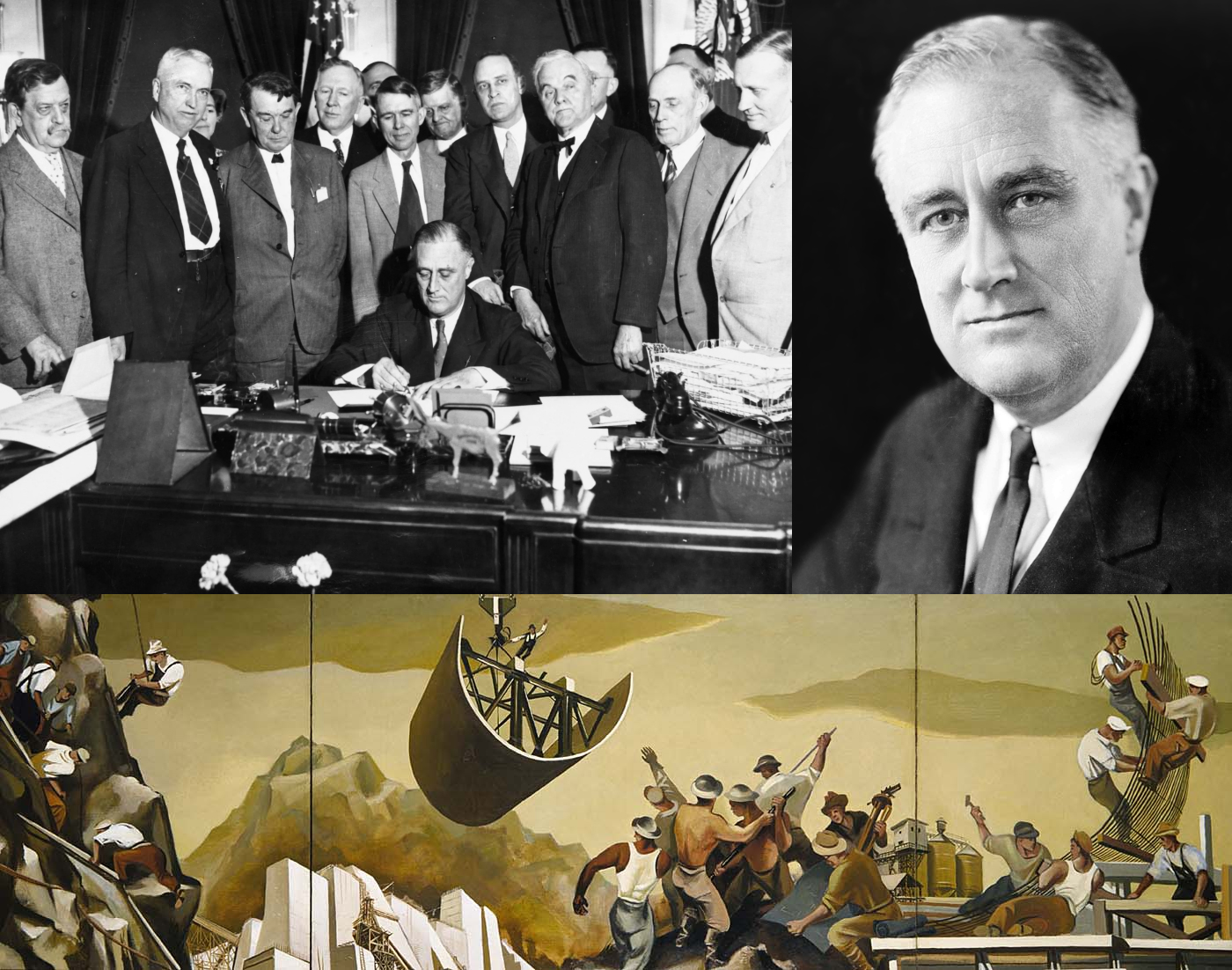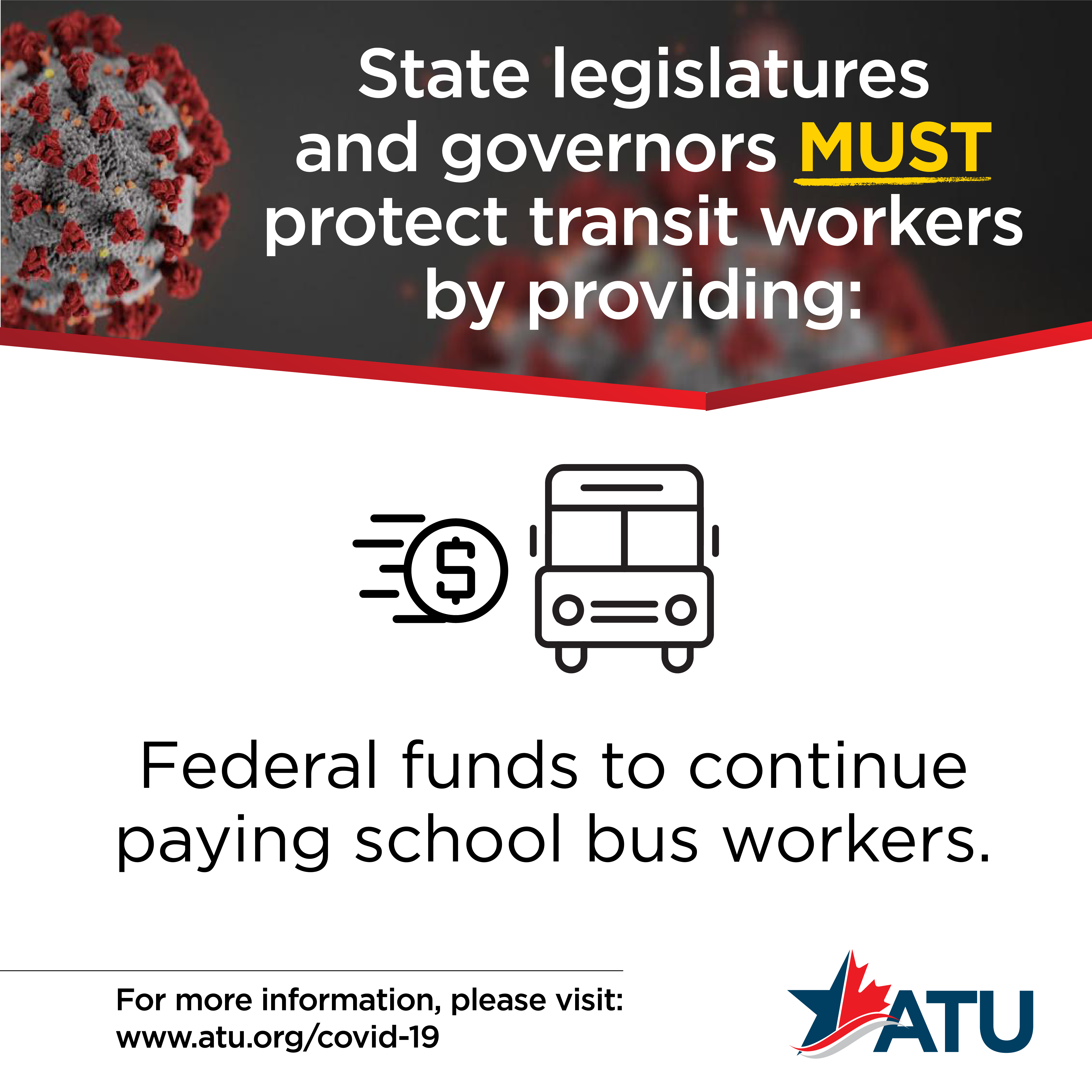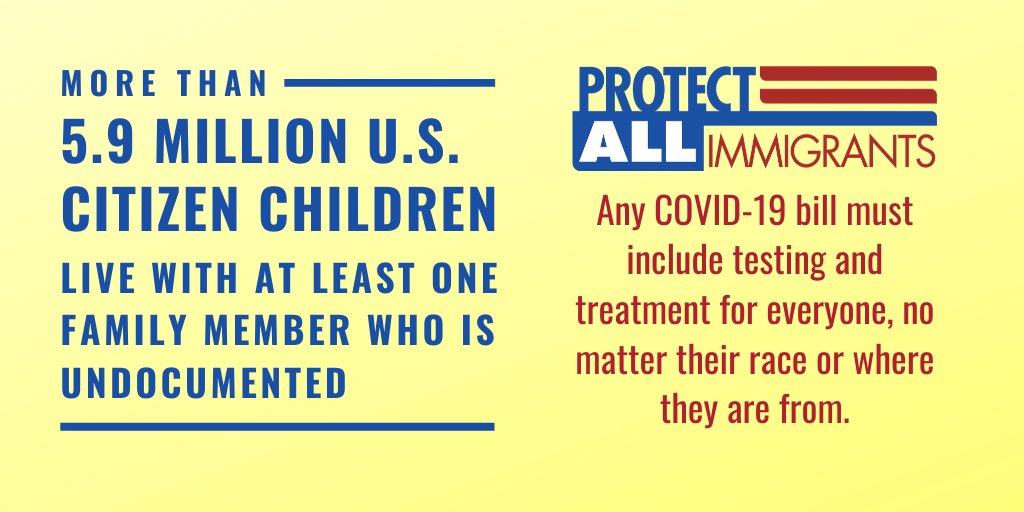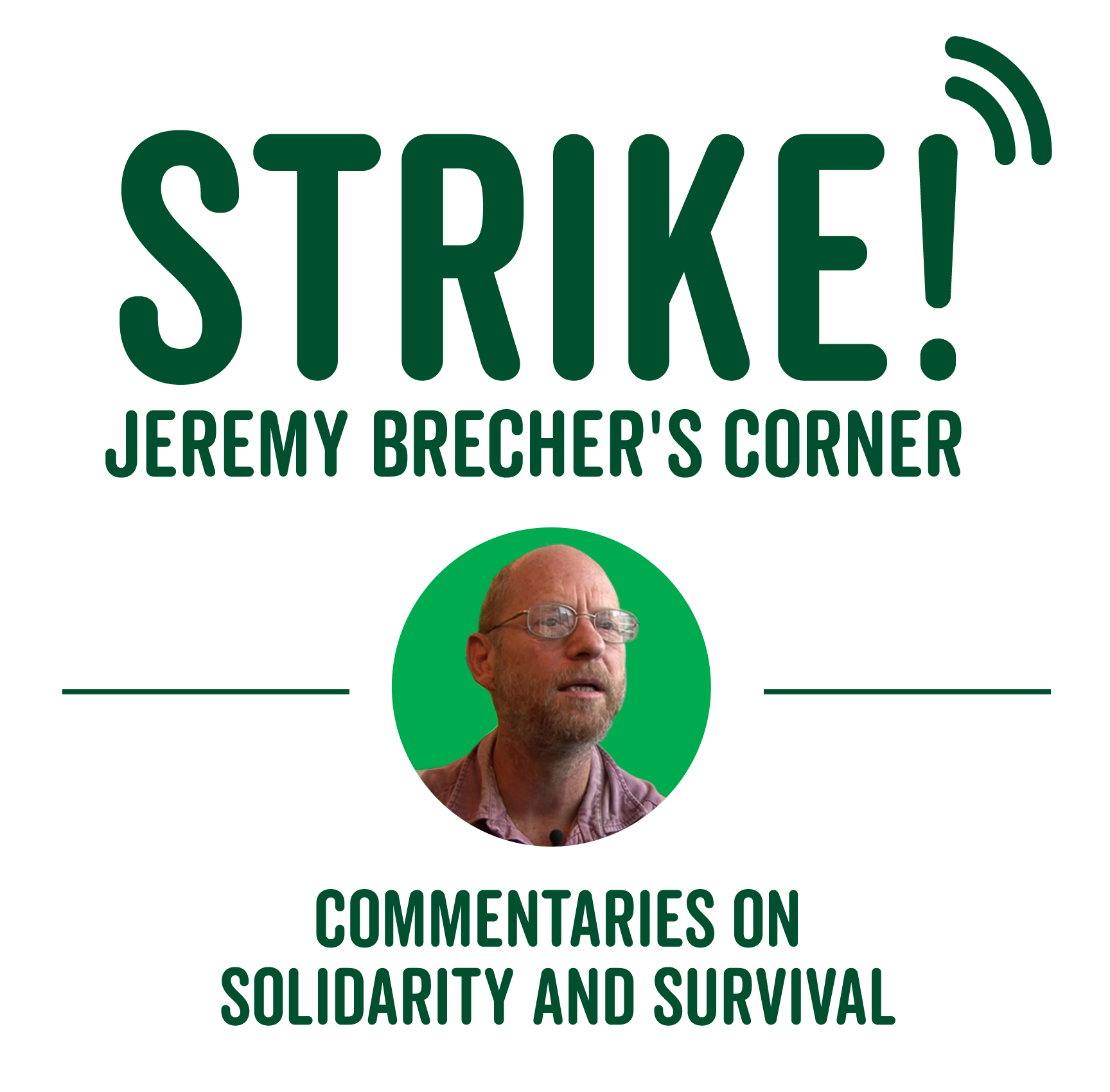This is the fourth in a series of commentaries proposing an Emergency Green New Deal. Mass unemployment, misery, and impoverishment require emergency response not only to the medical pandemic but to the economic catastrophe that is accompanying it. “The Coronavirus Depression and the Emergency Green New Deal” explores a program tailored to the realities of the economic emergency.

An important convergence has occurred among labor, environmental, and other groups around protecting workers from the effects of the coronavirus pandemic.[1] Some current proposals are limited to meeting the pandemic and its immediate effects – for example, the demands for Personal Protection Equipment (PPE), free coronavirus treatment and testing for all, and wage supplements for essential workers. Others propose major social reforms, such as universal healthcare, $15 minimum wages, large-scale infrastructure investment, phasing out of fossil fuels, and many others – many of them key planks of the Green New Deal (GND).
While both these sets of proposals are important, they neglect an overwhelming reality — the economic crisis that is following on the heels of the coronavirus pandemic. It is bringing Depression-level unemployment. It will clearly last for the coming year at the least, and likely for years to come. That requires another strategy, targeted to meet this emergency but with a pathway to the GND – an Emergency Green New Deal (E-GND).
The crisis scenario
Reasonable expectations at least for the coming year are now becoming clearer. Whatever the longer-range prospects, it is extremely unlikely that a coronavirus vaccine will be widely available within the next year. According to a recent study published in Science, physical distancing measures may be needed intermittently until 2022. Without them epidemic peaks could actually be higher than the current one; a lockdown ended prematurely will result in a resurgence of the pandemic. “Predicting the end of the pandemic” in the summer of 2020 is “not consistent with what we know about the spread of infections.”[2]
The pandemic has kicked off an economic crisis that can only be compared to the Great Depression of the 1930s. 30 million people have filed for unemployment benefits in the past six weeks, and the Economic Policy Institute estimates that about 50 percent more are eligible but haven’t filed or are still being processed.[3] The U.S. unemployment rate is around 20 percent and still climbing. Fewer than half of working-age Americans may have jobs in May.[4] The International Labor Organization estimates that half of the world’s 3.3 billion workers are in “immediate danger of having their livelihoods destroyed”; the 2 billion who work in the informal economy experienced a 60% decrease in their wages in the first month of the crisis.[5]

Top left: The Tennessee Valley Authority, part of the New Deal, being signed into law in 1933.
Top right: FDR (President Franklin Delano Roosevelt) was responsible for the New Deal.
Bottom: A public mural from one of the artists employed by the New Deal’s WPA program. Photo Credit Wikipedia Commons by Pass3456.
For human beings the result will be mass impoverishment, marked by hunger, homelessness, medical indigence, and demoralization. These are concentrated among those racial, gender, geographical, and other demographics that are most vulnerable in any case.
For the economic system the result will be ricocheting global credit crises, “sovereign debt” crises, supply chain breakdowns, and trade wars, real wars, and other forms of economic nationalism. Businesses will face unrepayable debt, bankruptcy, and shutdowns.
Trillions of dollars are being spent to counter the crisis and trillions more will undoubtedly follow. Stimulus packages, bailouts, interest rate cuts, quantitative easing, government purchase of corporate bonds, and the like may have some effect in stopping financial collapse, but their ability to prevent a Depression-scale decline in the wellbeing of people is more doubtful. If workers have no jobs they can’t buy much; companies without customers cannot make money selling goods and services; few people are likely to invest in companies that have no prospect of making money. So, loaning a few trillion dollars to such companies may postpone their bankruptcy, but it is unlikely to restore their profitability as capitalist firms. No matter how much money is created and thrown at corporations, that is unlikely in itself to reestablish the conditions for economic growth and employment. It is what used to be called “pushing on a string.” As John Maynard Keynes explained during the Great Depression, a depressed economic system may be in – and stay in – equilibrium even though it has vast human and material resources unemployed.
The Green New Deal Before the Green New Deal
Political consequences of this second crisis are already emerging. They include escalated ethnic and racial conflict; expanded political irrationality and scapegoating; undermining of democratic processes, and new steps toward dictatorship. They also include new forms of activist government and of popular self-organization and resistance.
The early years of the Great Depression saw willful federal inaction and the rise of proto-fascist movements led by Father Charles Coughlin and others, but also grassroots, local, and state action that foreshadowed and laid much of the basis for the New Deal. Similarly, today we are already seeing constructive actions that would have been unthinkable three months ago. At the popular level these include strikes, union bargaining, and other worker action to enforce job safety and public health; rent strikes to prevent mass homelessness; and the many forms of improvised mutual aid. At the governmental level we have seen state governments seize hotels and stadiums to use for shelters and medical facilities; emergency construction of hospitals; regional interstate alliances to fill the federal policy vacuum; and even the (far too limited) use of the Defense Production Act by the Pentagon to order private industry to produce Personal Protection Equipment. The multi-trillion dollar stimulus packages represent a radically altered role for the federal government. These actions could be laying the basis for the Green New Deal.
The Emergency Green New Deal
The economic emergency threatens the wellbeing and even the lives of hundreds of millions of Americans and billions of people around the world. For now, the prime driver of social change is likely to be their attempt to do what is necessary to survive this emergency. A program for change needs to start with elements that will have wide and passionate support because they are evident necessities. It needs to grow out of and expand the current proto-GND grassroots, local, and state actions, but also demand their expanded implementation by the federal government and corporations.
At the core of an E-GND is an emergency jobs program. It will put people laid off as a result of the coronavirus pandemic to work wherever they can be safely deployed to help strengthen public health programs, tutor homebound students, prepare and deliver meals to the sick, elderly, and vulnerable, and provide other essential services on an emergency basis.[6] That initial emergency response should become the basis of a public works program designed to provide work for all who need it in the aftermath of the coronavirus, giving priority to low-income workers and the needs of low-income communities. That can then be expanded and made permanent as part of the broader Green New Deal plan to address climate change and inequality.
Here are a few examples of elements for such an emergency jobs program that can begin right now at a local and state as well as a national level:
Initiate massive coronavirus contact tracing. Former CDC Director Tom Frieden estimates that an effective campaign against the virus requires 300,000 such “disease detectives.” They can work in teams of professionals and community members supervised by municipal and state health departments. As medical anthropologist Sandy Smith-Nonini wrote in April, they can be hired “from the same communities or regions where they would serve, would assist patients with testing, treatment, and quarantine options – an essential step to remove them from family members in crowded households that have immune-compromised or elderly members.”
When locally based and trained well, community health workers are also the ideal outreach personnel to aid in community education on COVID-19 prevention and treatment, including advice on chronic problems that contribute to a high COVID mortality in Latino and Black families.[7]
Open and expand community health centers. Everyone should have access to a nearby healthcare facility where they can get reliable information, emergency services, and referral and transportation to appropriate care.

As infections and deaths from the coronavirus (COVID-19) pandemic mount, the Amalgamated Transit Union is demanding that transit agencies and private transit companies provide ten Safe Service protections for frontline transit workers. Its Safe Service Now Action Center is how the union is encouraging action to protect its workers.
Ensure food access for all. The elderly, people with disabilities, families with children, and everyone who can’t easily meet their own food needs must have access to nutritious food. That requires both food preparation and delivery. It means a large and rapid expansion of Meals on Wheels, school lunch programs, and SNAP.
Find and help isolated and immobile people when it is safe to do so. Elderly, handicapped and other vulnerable people need constant communication, daily calls, homemaker and home healthcare services, and help meeting all kinds of needs from rides to medical appointments to shopping.
Establish emergency shelters. People who have been infected who cannot look after themselves at home, people who have been discharged from the hospital but are not yet able to care for themselves, the homeless, survivors of domestic violence, and college students quarantined off campus need shelter, food, and healthcare.
Provide support and relief for healthcare workers. Healthcare workers should have as much assistance as they can use, including both retired and in-training medical personnel and people with emergency training who can help with unskilled tasks. They should be provided with rest breaks and brief vacations. When they cannot leave work, they should be provided with helpers who can assist with household tasks, childcare, shopping, and other needs.
Retrofit housing to cut energy costs and reduce greenhouse gas emissions. Hundreds of thousands of people can be put to work weatherizing leaky housing and installing rooftop and community solar in low-income neighborhoods.
Rebuild our crumbling infrastructure. With construction workers unemployed and interest rates near zero, public works projects can be started immediately to repair and replace deteriorating water and gas pipes, rebuild our hospital and healthcare system, extend modern internet communication to rural areas, and rebuild our public transportation infrastructure.
Restore and expand the public sector. Our government services are about to be devastated by the coronavirus depression, aggravated by the plans of President Trump and Republican legislators to use the crisis to destroy state government services and the United States Postal Service. Saving and expanding public service employment is a central part of the E-GND. For example, it includes the postal union proposals not only to preserve the United States Postal Service but to expand its functions to include such needed programs as electric vehicle charging stations and low-cost banking services.
Support and expand self-help and mutual aid. In the early years of the Great Depression millions of people survived in part because of labor exchanges and other forms of self-help and mutual aid. But they faded away because their resources became exhausted. Modest public support would make today’s mutual aid activities a powerful vehicle for meeting emergency needs.
Expand worker self-organization. The fight for labor rights and labor organization was a central element of the original New Deal. The role of unions, and of self-organized groups of workers like the Amazon workers and Instacart workers, has burgeoned in the coronavirus crisis. The Emergency Green New Deal similarly can open a new pathway for the right of workers to organize and their opportunity to actually do so. This may require innovative labor strategies, such as the SEIU proposals for Unions for All based on worker representation in tripartite industry labor boards.

Service Employees International Union’s Protect All Workers campaign calls for moving beyond business as usual in the COVID-19 era. “We must come together as a nation and demand that our elected representatives at all levels act with urgency to protect all workers, no matter their race or where they are from. But we must also demand that the largest, wealthiest, and most powerful corporations and industries show leadership by looking past their bottom lines to do what’s right for workers.” their website says.
The proponents of an E-GND don’t have to wait for the federal government. As in the original New Deal, states, municipalities, and self-organized groups can begin implementing E-GND programs right now – in fact, they are already doing so. (The interstate alliances developing in the East and West Coasts and the Midwest could provide a new arena for implementing an E-GND.) Funding can come not only from the stimulus packages, but from demands on the Federal Reserve to use its trillions of dollars of stimulus capacity for programs to help people, not just financial institutions. The E-GND will reduce human misery, save lives, and start building an alternative to the Coronavirus Depression and to divisive, authoritarian responses to it.
An E-GND is unlikely with business-as-usual politics. But Depression-level unemployment and mass misery creates new dynamics for the political system. In the Great Depression it was the self-organization and militant action of the unemployed themselves through Unemployed Councils, mutual aid groups, and other organizations, combined with the discontent of the electorate, created the political basis for the CCC, CWA, WPA, and other programs that together created jobs for more than ten million workers.
[1] Candice Bernd, “Environmental and Labor Groups Team Up to Demand COVID-19 Relief,” TruthOut, April 22, 2020 https://truthout.org/articles/environmental-and-labor-groups-team-up-to-demand-covid-19-relief/
[2] Hannah Devlin, “Coronavirus distancing may need to continue until 2020, say experts.” The Guardian, April 14, 2020. https://www.theguardian.com/world/2020/apr/14/coronavirus-distancing-continue-until-2022-lockdown-pandemic
[3] Ben Zipperer and Elise Gould, “Unemployment filing failures,” EPI, April 28,2020.
https://www.epi.org/blog/unemployment-filing-failures-new-survey-confirms-that-millions-of-jobless-were-unable-to-file-an-unemployment-insurance-claim/
[4] Carmen Reinicke, “Fewer than half of US workers will have a wage in May, economist says,” Business Insider, April 24, 2020. https://www.businessinsider.com/layoffs-coronavirus-less-than-half-american-workers-paycheck-wage-may-2020-4
[5] Phillip Inman,“Half of World’s Workers ‘at Immediate Risk of Losing Livelihood Due To Coronavirus,’” The Guardian, April 30, 2020. https://www.theguardian.com/world/2020/apr/29/half-of-worlds-workers-at-immediate-risk-of-losing-livelihood-due-to-coronavirus
[6] Jeremy Brecher, “In Coronavirus Fight, Workers Are Forging an Emergency Green New Deal,” Labor Network for Sustainability. https://www.labor4sustainability.org/strike/in-coronavirus-fight-workers-are-forging-an-emergency-green-new-deal/
[7] Sandy Smith-Nonini, “To Re-Open the US Economy we Need a Green New Deal Approach to Coronavirus.” Resilience, April 21, 2020. https://www.resilience.org/stories/2020-04-21/to-re-open-the-us-economy-we-need-a-green-new-deal-approach-to-coronavirus/

